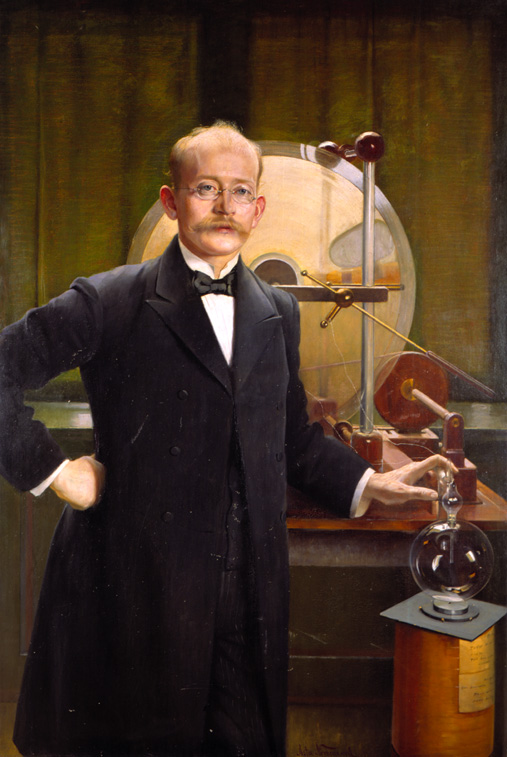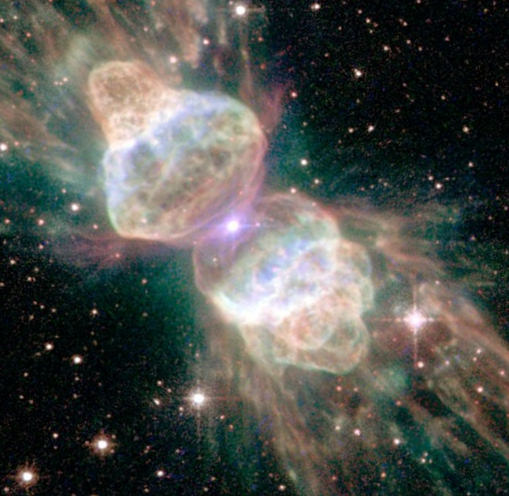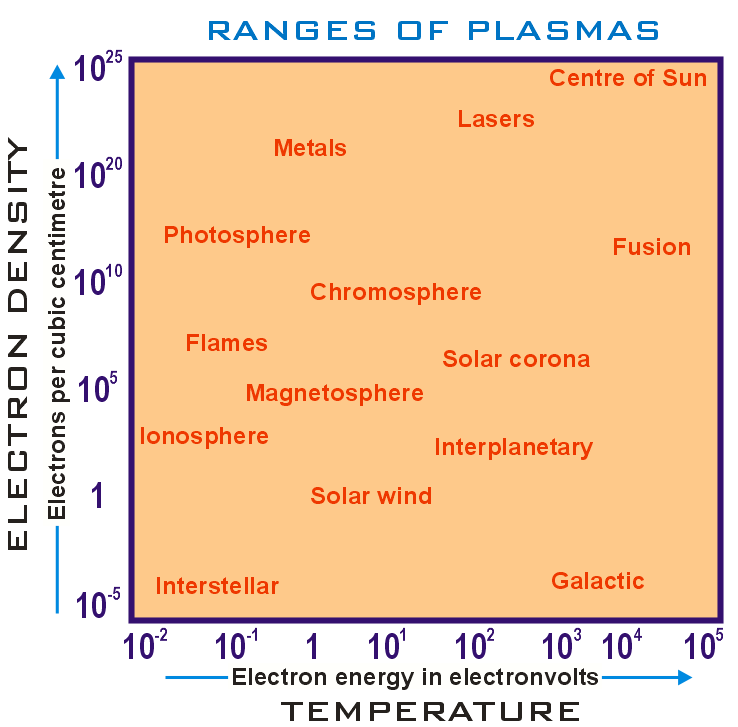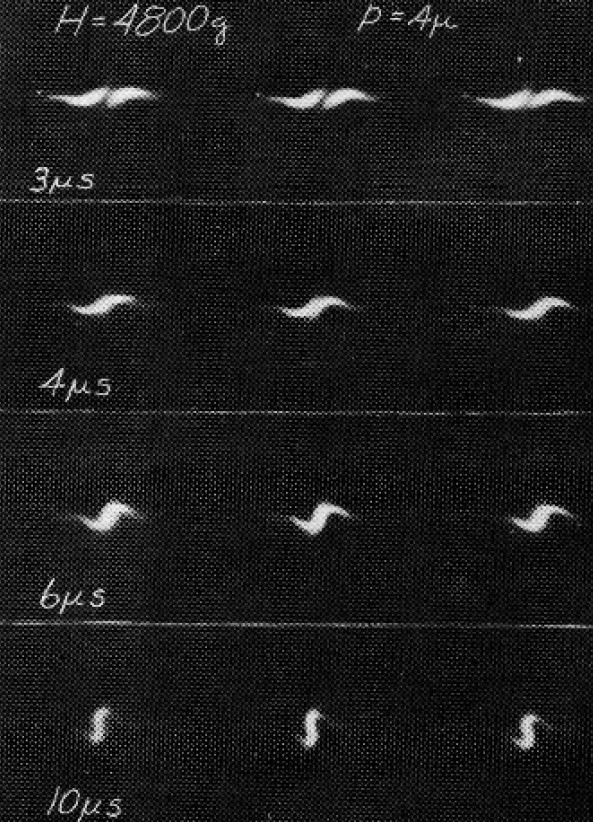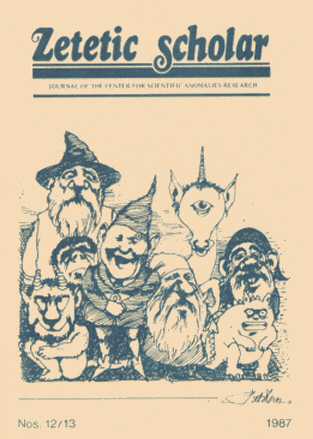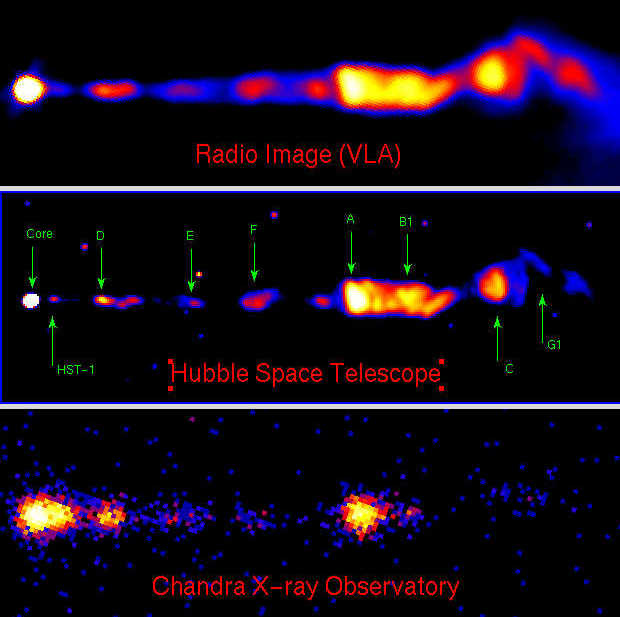Plasma cosmology
Plasma cosmology is a model of the origins of the Universe in which plasma and electromagnetic forces play a significant role, and in which an actualistic approach is preferred: i.e. starting from the observed present-state and trying to extrapolate backwards in time to even more ancient states.[2] Hannes Alfvén also investigated the merits of a … Read more
